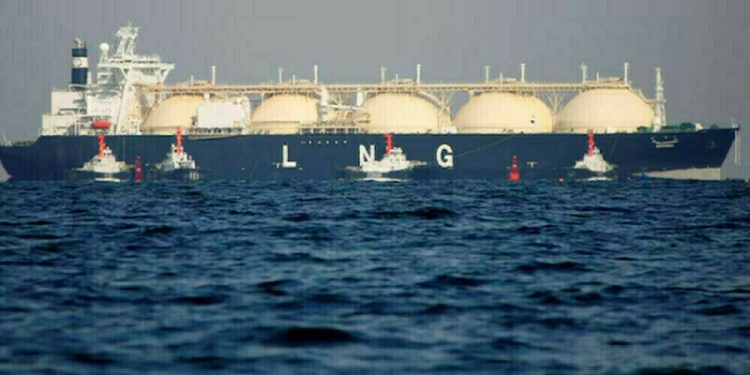By Dhara Ranasinghe and Virginia Furness
LONDON (Reuters) – Investors have pushed back expectations for a rise in euro zone interest rates to late-2020 from mid-2020, in a sign that the European Central Bank will have to keep rates lower for longer than even the bank now anticipates.
There was also scepticism that the ECB would be able revive inflation toward its near two-percent target long-term, with a key measure of inflation expectations in the currency bloc hitting a two-week low on Friday.
The ECB on Thursday pushed out the timing of its first post-crisis rate hike until 2020 at the earliest, cut its growth and inflation forecasts and offered banks a new set of cheap loans to support economic growth.
But investors do not believe that the ECB will be able to meet even this target and pushed out their expectations on a rate rise even further into the future.
The difference between the overnight and forward Eonia interest rates — bank-to-bank interest rates for the euro area that provide some indication of how investors view the ECB rate trajectory — imply a 10-basis-point rate hike is now only fully priced in for late-2020.
Before the Thursday meeting, that first rate hike had been anticipated around mid-2020. Chart below from ING:
(Graphic: Markets push back rate-hike bets link: https://tmsnrt.rs/2EVGCjs)
Euribor interest rate futures, another gauge of market rate expectations, also pointed to a rate hike by December 2020.
“You can look at all these rates for an indication but they all give you the same answer — that there has been a push out in rate hike expectations to the end of next year,” said Ciaran O’Hagan, rates strategist at Societe Generale (PA:).
“This is quite remarkable because just a few months ago we were looking at a rate-hike expectations for the middle of this year.”
Investors globally have reassessed expectations for central bank tightening because of weak economic data and concern about risks from trade wars and Brexit.
ECB chief Mario Draghi caught even dovish rate-setters off guard by pushing for unexpectedly generous stimulus after forecasts showed a large drop in economic growth, sources familiar with the discussion told Reuters.
LOWER FOR (MUCH) LONGER
“There is reason to argue that the ECB would need to keep rates lower than beyond the guidance date because if you look at their inflation forecasts out to 2021, you would need some form of accommodation to reach these levels of growth,” said ING senior rates strategist Benjamin Schroeder.
In a further sign that the ECB’s new guidance had prompted investors to reassess the outlook for rates and inflation, long-term inflation expectations fell back.
The five-year, five-year break even inflation forward dropped to 1.45 percent, having traded as high as 1.51 percent earlier this week.
“There are people in the market who have just woken up to the fact that inflation isn’t going anywhere soon,” said Chris Scicluna, head of economic research at Daiwa Capital Markets.
He said that while the five-year, five-year forward rate was not an unreasonable read on future euro zone inflation, it still looked “a bit strong.”
The measure is tracked closely by the ECB.
“Our inflation forecast is weaker than the ECB,” said Scicluna. “Not only do we have a tepid euro area economy, but the U.S. and China are slowing. It will be very difficult for the ECB to shift inflation much higher to 1.5 percent and beyond.”
(Graphic: Inflation expectations fall after ECB meeting link: https://tmsnrt.rs/2EVo82B).
Source: Investing.com



























